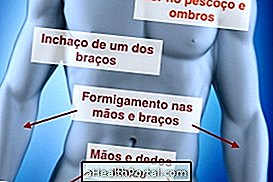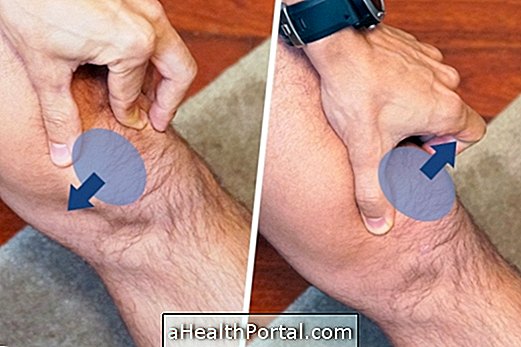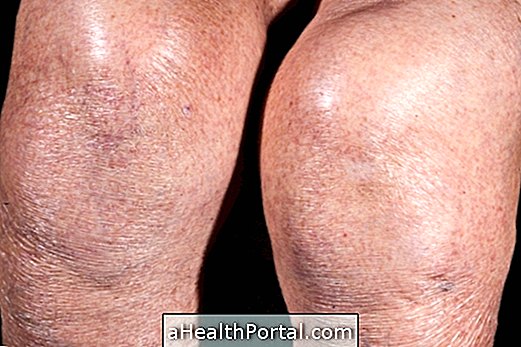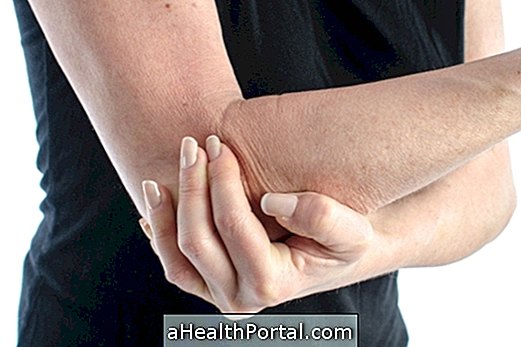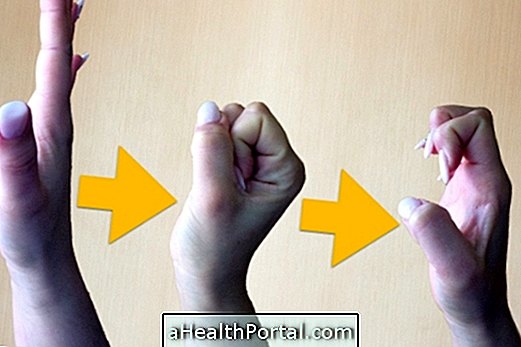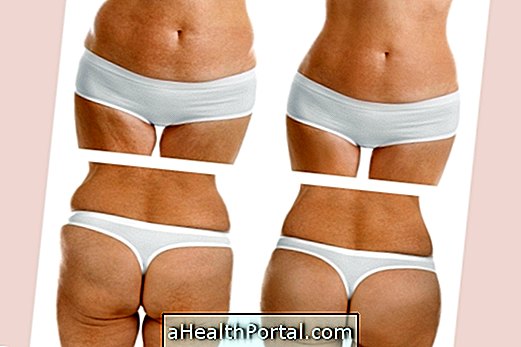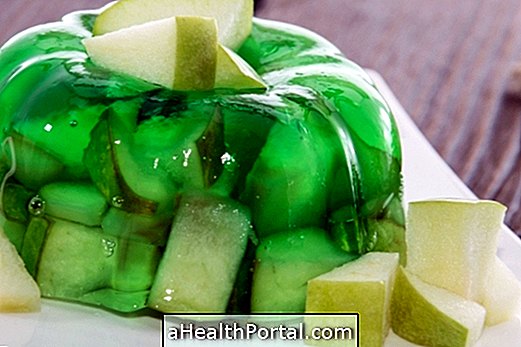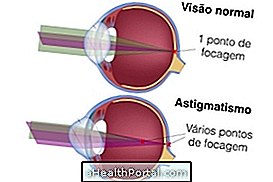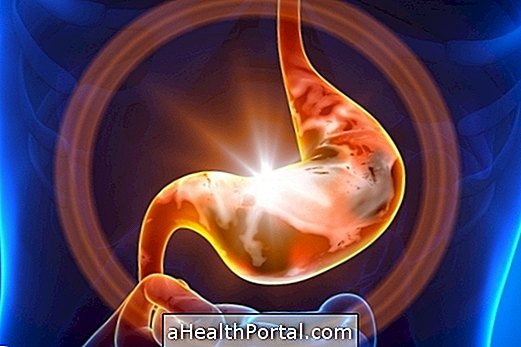Pain in the feet can easily be caused by wearing inappropriate shoes, calluses or even by diseases or deformities that reach the joints and bones, such as arthritis, gout or morton neuroma, for example.
Usually, foot pain can be relieved with rest, a foot scaling or a local massage with moisturizing cream, however, when it takes more than 5 days to relieve it, it is recommended to consult an orthopaedist to identify if there is a foot problem, treatment.
7 Major Causes of Toe Pain
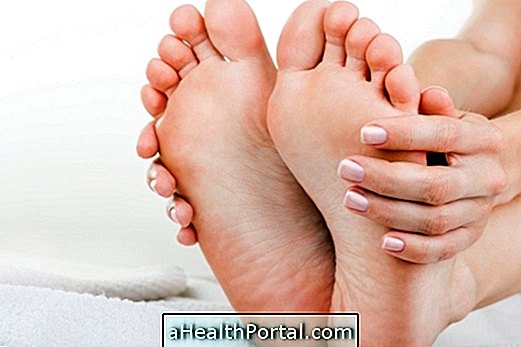
Although several problems can affect the feet, the main causes of pain in the toes include:
1. Tight shoe
The use of inappropriate footwear is the most common cause of pain in the fingers and other places of the foot, since very tight shoes, with thin tip or that are very rigid can cause deformities of the feet and, even, inflammation of the joints, when used by much time.
- What to do: You should wear comfortable shoes that do not overtighten your feet. In addition, it is recommended that the shoe has a small heel of about 2 to 3 cm to allow a good support of the foot.
2. Joanete
The bunion causes pain especially on the side of the foot, but in some cases, it can also cause pain in the little toes. In this case it is easy to see that the bones of the feet are not properly aligned, which causes inflammation and pain.
- What to do: Putting a cold compress on the pain site helps relieve this symptom, but exercise is needed to correct the feet. Find out what are and other tips to heal the bunion.
In addition, there are exercises that can help reduce the bunion or even prevent its appearance. Watch the following video and see how to do these exercises:

3. Calluses
Callosities, also known as calluses, are caused by the accumulation of dead cells in the most superficial layer of skin that happens due to the constant pressure on the feet, especially on the side of the big toe.
- What to do: You can use an orthopedic insole to protect the callus during the day and avoid the appearance of pain when walking, for example. However, it is also recommended to remove callus with the use of ointments or pumice stone after bathing. Look how in: Callosity.
4. Ingrown toenail
The ingrown toenail is very common in cases where the nails are not cut properly, allowing them to become embedded in the skin. In this case, ingrown nails cause the appearance of wounds and swelling.
- What to do: You should go to the health clinic or a podiatrist to unclog the nail; however, at home, you can place your foot inside a bowl of warm water for 20 minutes to relieve the pain. Learn other care in: How to treat the ingrown toenail.
5. Arthritis or arthritis
Rheumatism problems, such as arthritis or arthritis, can arise in the joints of the toes, especially in athletes or elderly people, causing walking pain and swelling in the joint region.
- What to do: An orthopedist should be consulted to begin the appropriate treatment of the problem with the use of anti-inflammatory medicines, such as Ibuprofen or Diclofenac. In addition, at home one can do a scaling feet at the end of the day to relieve the pain. See a scaly feet recipe: Home remedy for arthritis and arthritis.
6. Claw or hammer fingers
Claw or hammer toes are two foot deformities that cause the wrong alignment of the toes, increasing the pressure on these sites during the day and causing pain.
- What to do: You should consult an orthopedist to do the correct repositioning of the finger with the use of orthopedic splints. In addition, using orthopedic insoles can also help relieve pressure on the fingers and reduce pain.
7. Morton's Neuroma
Morton's neuroma is a small mass that appears in the digital plantar nerve that lies between the 3rd and 4th toe, causing pain between these 2 fingers and a tingling sensation in the instep.
- What to do: You should wear comfortable footwear with an orthopedic insole to relieve pressure on the site, as well as take the anti-inflammatory medication prescribed by the orthopedist. In more severe cases, surgery may be necessary. See when to do surgery for the neuroma in: Surgery for Morton's neuroma.
But in addition to these causes, there are also others, so if the pain in the feet is very intense or constant, and disrupt the day to day, it is important to seek help from a doctor or physiotherapist, so that they can identify what is causing this symptom and recommend the treatment, which may include medications, corticosteroid infiltrations, physiotherapy sessions, and ultimately surgery.
